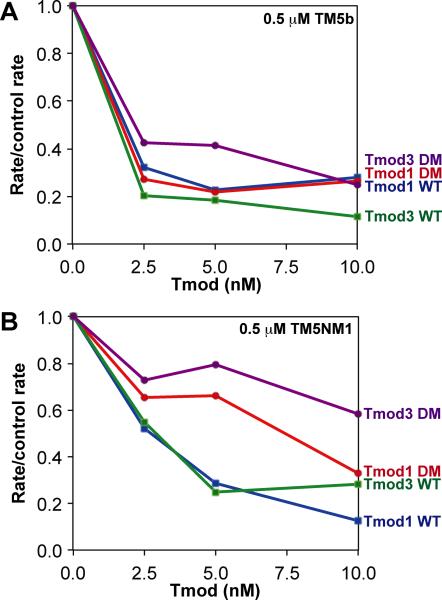Figure 8. Effects of wild-type and TM-binding-disabled mutant Tmod proteins on pointed-end F-actin elongation in the presence of TM5b or TM5NM1.
The abilities of wild-type Tmod1, wild-type Tmod3, Tmod1-L27G/I131D (DM), and Tmod3-L29G/L134D (DM) to inhibit the initial rates of F-actin elongation from the pointed ends of CapZ-capped actin filaments were evaluated in the presence of either (A) 0.5 μM TM5b or (B) 0.5 μM TM5NM1. The extent of pointed-end capping is plotted as the initial rate of elongation for each Tmod or mutant, divided by the initial rate of elongation for the “no Tmod” TM-actin control (rate/control rate), versus increasing concentrations of each Tmod or mutant (nM). When rate/control rate = 1.0, no pointed ends are capped; when rate/control rate = 0, all pointed ends are capped. Concentrations of proteins were: 1.8 μM G-actin (8% pyrene), 1.6 nM CapZ-capped actin filaments (1:100; 1.6 nM CapZ, 160 nM actin), and Tmods and TMs as indicated.

